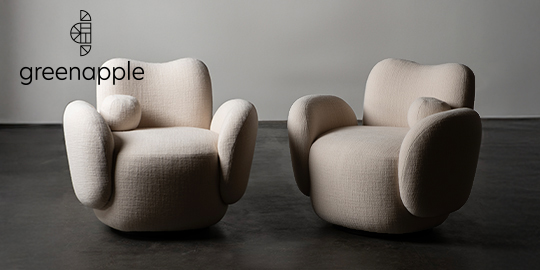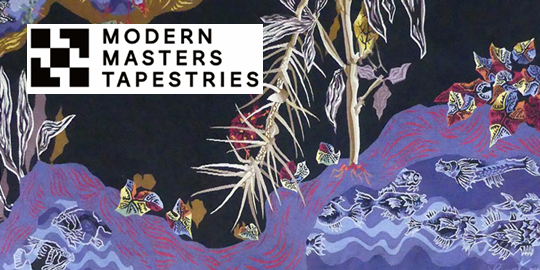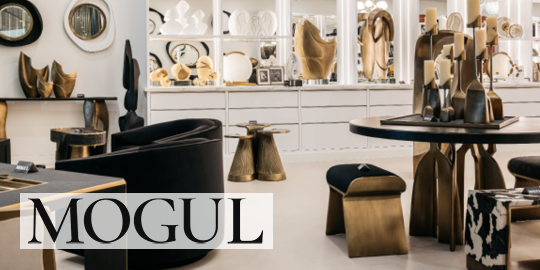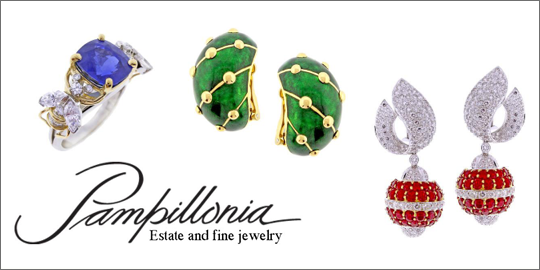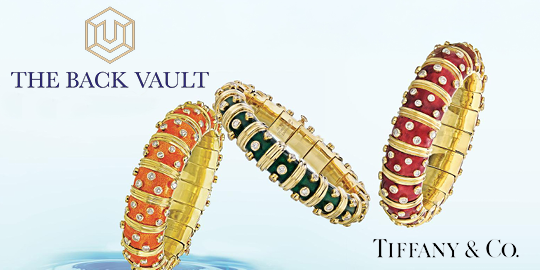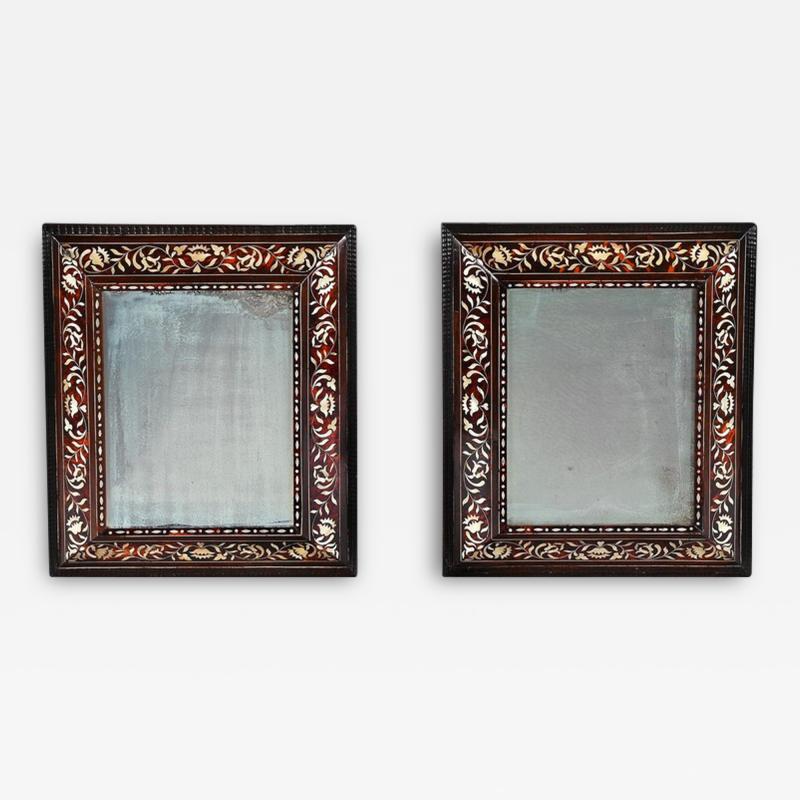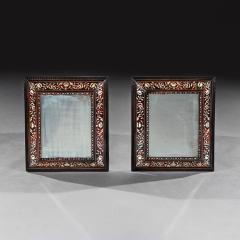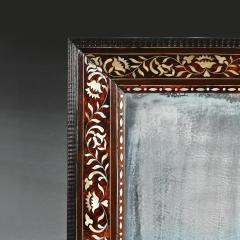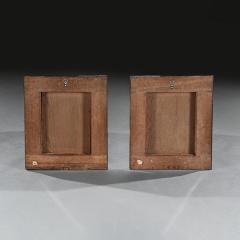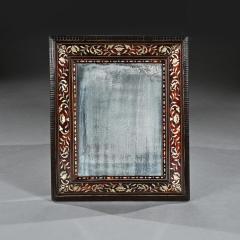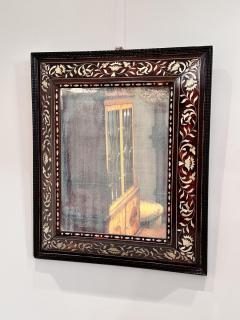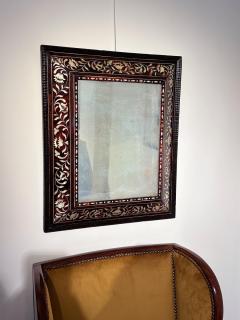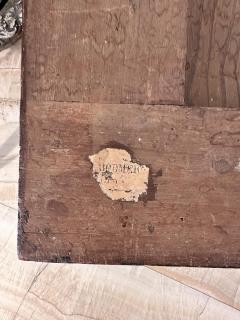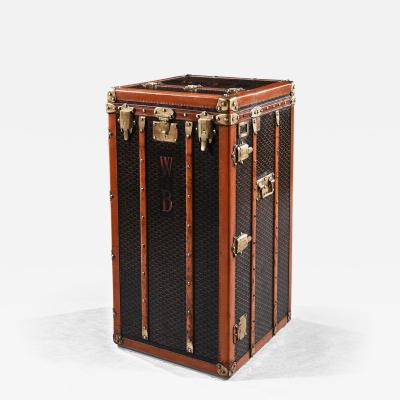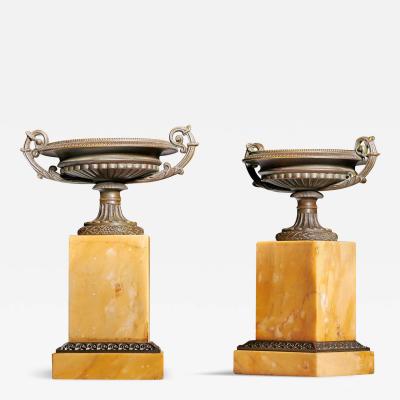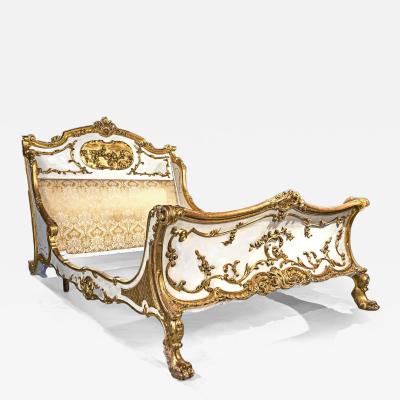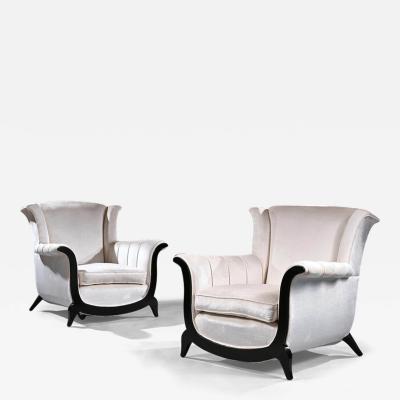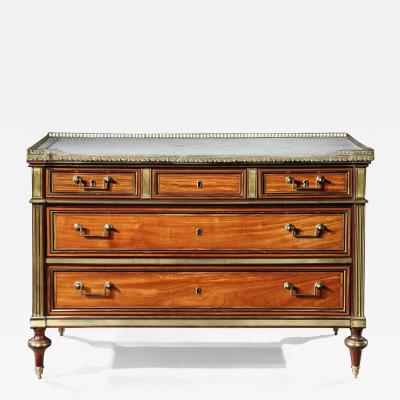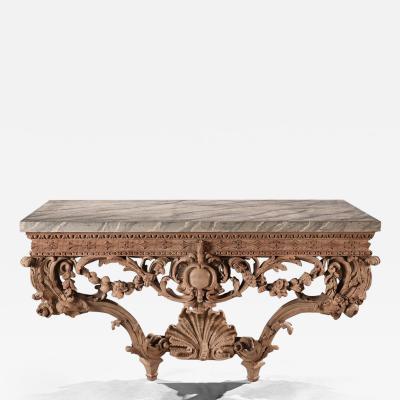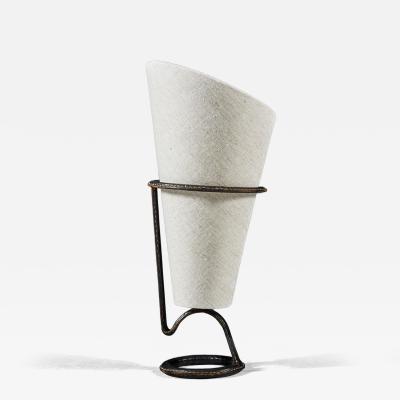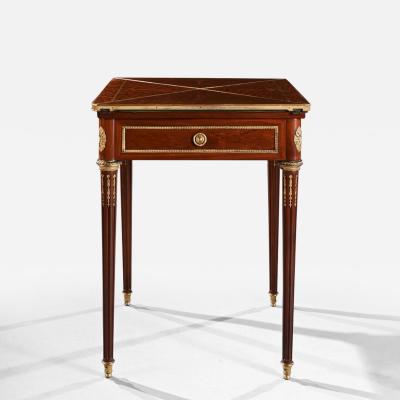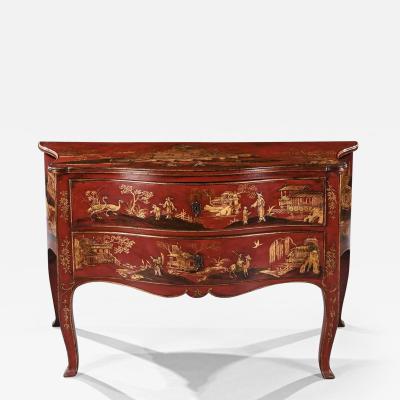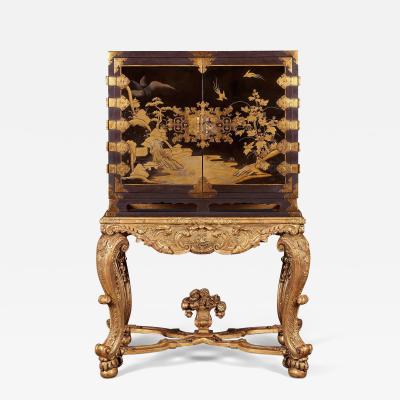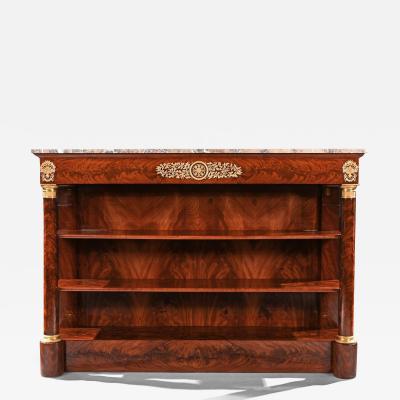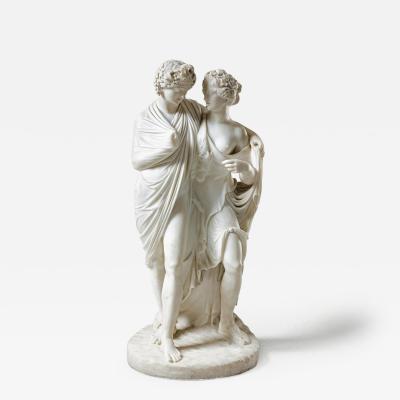Listings / Furniture / Mirrors / Wall Mirrors
RARE PAIR OF SPANISH COLONIAL 18TH CENTURY TORTOISESHELL ENCONCHADO MIRRORS
-
Description
RARE PAIR OF SPANISH COLONIAL 18TH CENTURY TORTOISESHELL ENCONCHADO MIRRORS, PERUVIAN OR MEXICAN
#2948
A Rare and Unusual Pair of 18th Century Spanish Colonial 'Enconchado' Mirrors Veneered in Tortoiseshell and Inlaid With Bone and Mother of Pearl Made in Lima (Peru) or Mexico
Circa 1720
Provenance
One of the mirrors with a fragmentary label printed with "Bodmer", possibly relating to one of the branches of the Bodmer family in Switzerland, some of whom were renowned collectors of South American art
The mirrors of rectangular form with ripple moulded outer borders framing tortoishell veneered inner borders inlaid with fine bone stringing and sinuous floral motifs inlaid in mother of pearl. The sight edges also veneered and inlaid with a repeating geometric motif.
The mirrors are notable for the fine quality of the inlay, their unusually large size for this date, in particular the size of the plates themselves (possibly original) and the fact that they are a pair.
The term 'Enconchado' comes from Spanish colonial art, particularly associated with Mexico, comprising of oil paintings inlaid with mother of pearl and other iridescent minerals. This form of art is discussed in great detail by Miguel Arisa in his essay Luminosity in Mexican Enconchado Paintings and Conceptions of the Sacred in Visual Culture and Indigenous Agency in the Early Americas, The Early Americas: History and Culture, Volume: 10 Chapter 4 (October 2021). He argues that the development of this style was an attempt to combine pre-Hispanic indigenous South American traditions regarding the sacred properties of "shiny objects" and "Baroque concepts of the miraculous", the sparkling inlay adding to the power of the European religious imagery.
Mirrors such as the present pair are likewise cross-cultural objects, fusing European form and aesthetic concerns with indigenous craftsmanship to create objects of great prestige and decorative appeal. The ripple mouldings are clearly the result of a 17th century Dutch influence, as is the overall style of the inlay work which is reminiscent of that seen on Dutch furniture of that same period. However the Dutch inlay is often very busy, filling every conceivable part of a panel with floral designs in a riot of colour, and the stripped-back style of the inlay on these mirrors is much more calming to look at and more in keeping with the pared down aesthetic appreciated by many collectors today. The lands of Flanders and Naples belonged to the Spanish Empire during part of the reigns of Philip III and Philip IV hence why there craftsmanship was dictated by the Spanish style.
There are also hints of Asian influence in the way that the decoration has been composed, something noted as typical of the 'Enconchado' style by Dr. Arisa in the aforementioned study.
These mirrors are extremely attractive and interesting pieces that would enhance any collection or fine interior.
Width: 19 1/2 inches - 50cm
Height: 23 1/2 inches - 59.5cm
Depth: 3 3/4 inches - 7cm -
More Information
Period: 18th Century Condition: Good. Creation Date: 1720 Styles / Movements: Traditional Dealer Reference #: 2948 Incollect Reference #: 673168 -
Dimensions
W. 19.5 in; H. 23.5 in; D. 3.75 in; W. 49.53 cm; H. 59.69 cm; D. 9.53 cm;
Message from Seller:
Loveday Antiques, established in London in 1969 and now run by Alexander in Hertfordshire, specializes in an eclectic mix of 18th, 19th, and 20th-century European furniture and works of art. For inquiries, please contact info@lovedayantiques.co.uk or call 01438 869819—our showrooms are open by appointment, offering a relaxed, personalized experience for collectors and designers.





